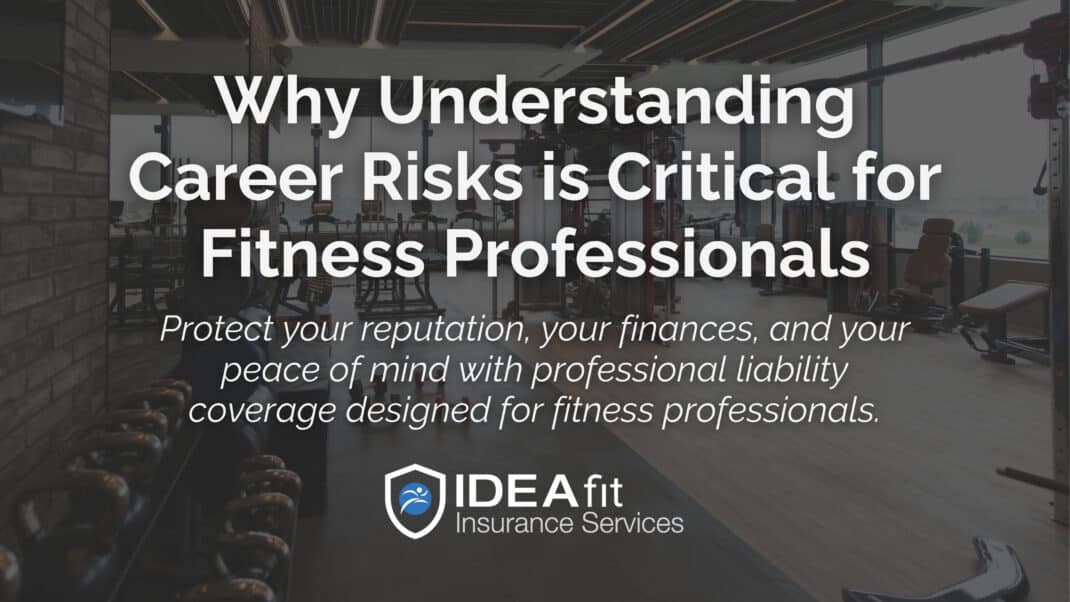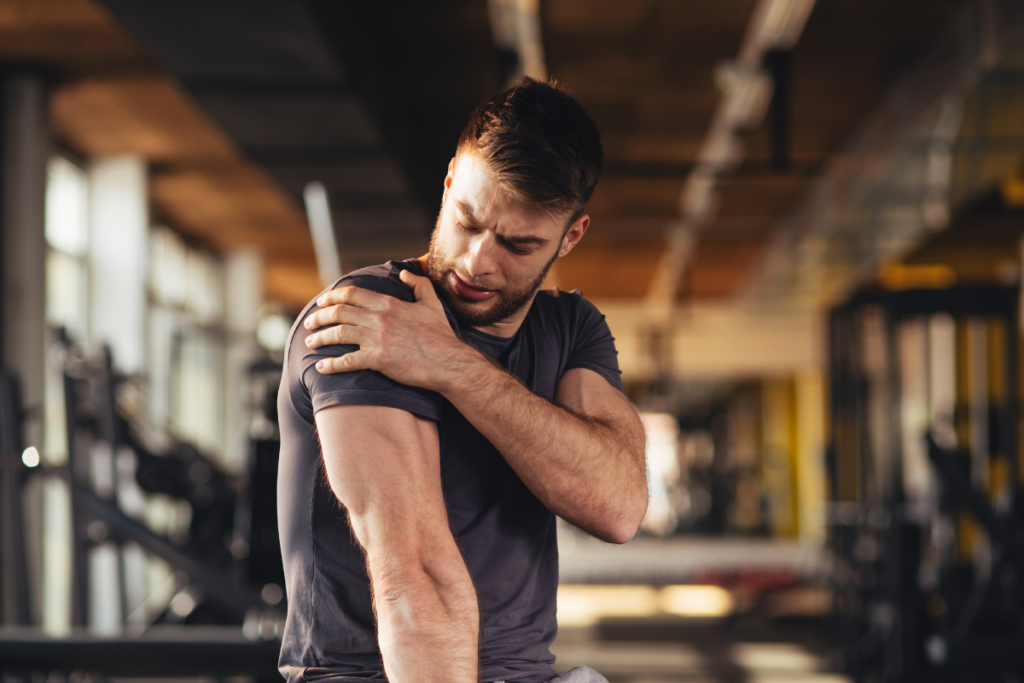Are Bad Knees Inherited?
A recent blog published in The New York Times (“Phys Ed: Are Bad Knees in Our Genes?” September 29, 2010) posited that genetics may play a role in anterior cruciate ligament (ACL) injuries. The blog cited a study from the British Journal of Sports Medicine (2010; 44 [12], 848–55) that revealed similar ACL injuries in fraternal twin girls. Their older sister, while not part of the study, had also suffered a catastrophic injury to her ACL. And the curiosity of lead author Timothy Hewett, director of sports medicine research for Ohio State University, was further piqued when he learned that two young women in his lab—identical twins—had both torn their ACLs in high school, while the same injury had befallen their father and his two triplet brothers.
“We thought this repeated incidence of ACL tears within one
family was important to look at,” stated Hewett.
While the study’s numbers were too small to be statistically significant, the finding does raise an interesting question: Does genetics play a role in injury potential? According to Katy Bowman, MS, director of the Restorative Exercise Institute in Ventura, California, the answer is “Maybe.” “The two greatest risk factors for tearing the ACL seem to be being female and playing sports,” she states. “While being female is certainly genetic, there are just as many women who have not torn their ACL, so logically it is the extreme angles of cutting, rapid acceleration changes, and non-sagittal-plane motion that is really the issue.” Bowman cites excessive Q angle—wider hip-to-knee ratio—as a primary indicator for injury potential. “To have minimal Q angle, you would simply have to line up the ankles with the pelvis.”
Do you fear you may
be at risk for knee problems? Here
are Bowman’s suggestions for
healthy knees:
- Watch Your Stance. To reduce friction during gait and in standing patterns, make sure the outer edges of the feet point forward (like the wheels on your car) so that you are not “duck-footed.” Place the feet pelvis width apart—ASIS (anterior superior iliac spine) to ASIS—and not hip width apart, which is too wide.
- Use a Mirror. When doing knee-loading exercises like squats and lunges, watch your form closely. Knee damage occurs when the knee joint moves out of the sagittal plane by dropping toward or away from the midline.
- Consider Your Footwear. Keep your knees in mind when choosing shoes. Recent research suggests that regular use of shoes with positive—or high—heels (including athletic shoes with beefy, shock-absorbing heels) shortens the calf muscle group by 13%. Calf tension reduces joint space, which increases friction and heat and promotes arthritic changes in the knee.
- Minimize Impact Activities, and Consider Your Form. For greater joint longevity, replace a few miles of high G-force activity with vigorous walking. Also, concentrate on keeping the torso upright—as opposed to leaning forward—while you’re walking or running.
Ryan Halvorson
Ryan Halvorson is an award-winning writer and editor, and IDEA's director of event programming.






